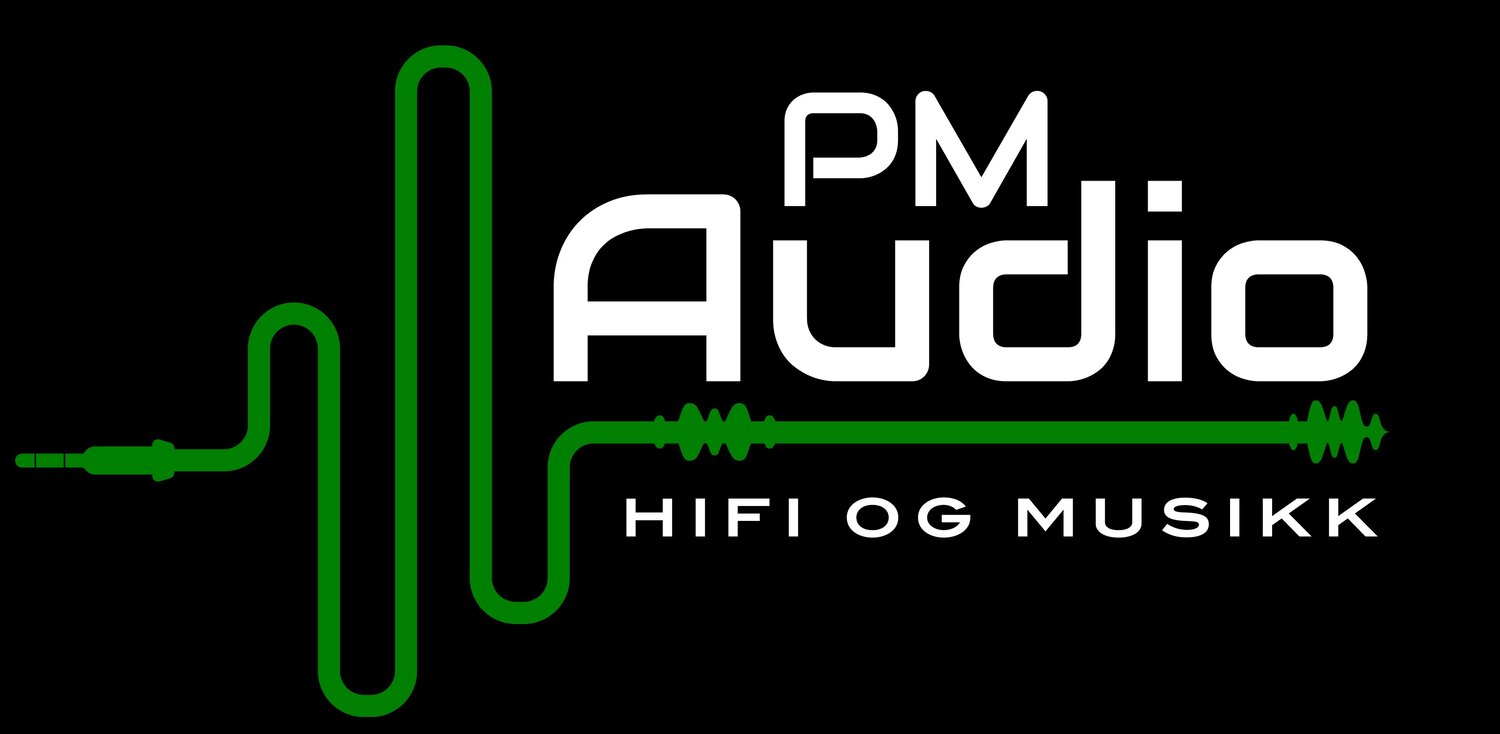Sutherland ser ut til å få kun supertester på sine produkter - så også med DUO
Those images sounded three-dimensional, solid, tangible—I had the strong feeling that I could walk between, around, and behind the musicians. Compared to most other preamps I've heard, it was the Duos' coherence that was most striking.
Next up was the Duo's overall tonal balance, which I think of as the combination of frequency response, the timbres of instruments and voices, and how their transient characteristics vary with frequency. The first of these was easy: I heard nothing that suggested that the Duo's frequency response was anything other than flat. But it's the other two criteria that determine a component's overall tonal balance. Sutherland preamps have occasionally been described as having a rolled-off high end, or as lacking power on the bottom, criticisms I've understood but haven't shared. In the case of the Duo, debates about either are moot.
I've never heard any criticism of a Sutherland phono stage's midrange and I have none to offer here. Each instrument and voice had exactly the right balance of fundamental and harmonics, and the harmonic structures were complex and rich. One example of its superb sound in this regard was its reproduction of Suzanne Vega's voice in "Tom's Diner," an cappella recording from her Solitude Standing (LP, A&M SP 5136). Through the Duos, the combination of her odd rhythms and widely varying pitches and dynamic transients had me, hook, line, and sinker.
The word that appears over and over in the notes from my sessions with the Duos is articulate. The more I listened, the more I was convinced that that word nails it. Consider Al Di Meola, John McLaughlin, and Paco de Luc°a's Friday Night in San Francisco (Half-Speed Mastered LP, Columbia HC 47152): The first cut in particular, "Mediterranean Sundance/Rio Ancho," was a killer example of how cleanly and precisely the Duos could portray dynamic transients. With lesser preamps, the notes played by Di Meola and/or de Luc°a will be blurred across one or more narrow frequency ranges. With the Duos, each note in the blistering exchanges between the guitarists started and stopped sharply, regardless of the pitch, volume, or complexity of the transient itself.





